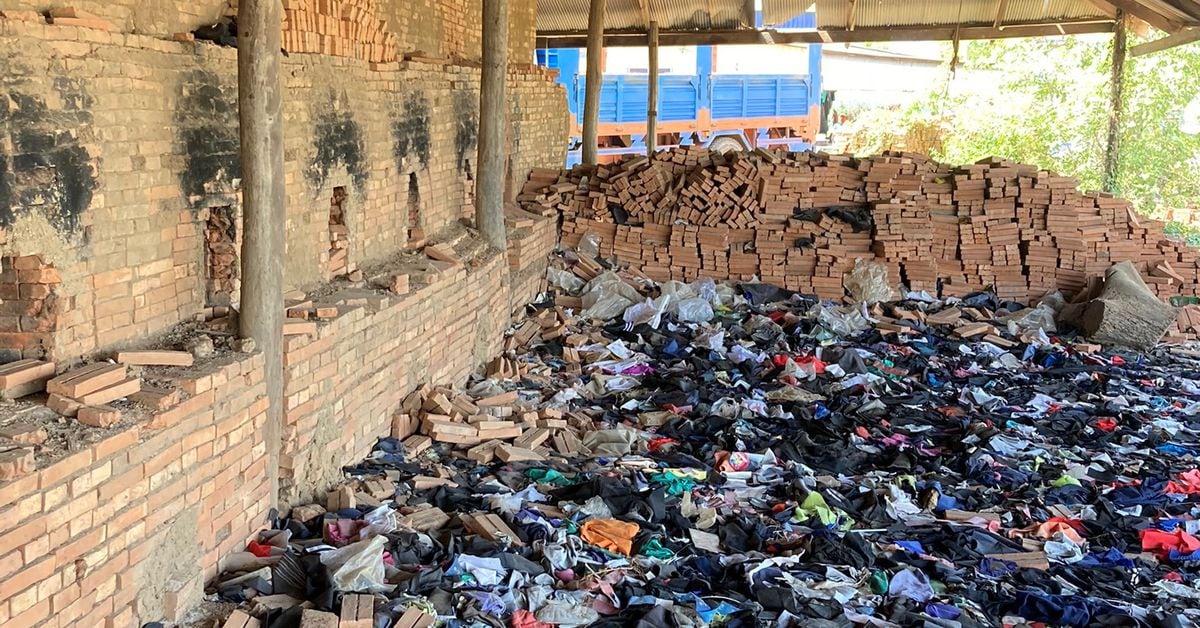This type of shit is the reason we’re fucked, not because the average consumer. Isn’t recycling hard enough. Companies should be held responsible for their fucking waste streams and severely fined if this type of thing happens. It’s their responsibility to ensure it gets disposed of or reused or whatever in an environmentally safe way.
This is the best summary I could come up with:
Nov 20 (Reuters) - Waste from at least 19 international brands including Adidas and Walmart is being used to fuel kilns in brick factories in Cambodia, and some workers were falling ill, according to a report by a local rights group released on Monday.
A separate report from 2018 by UK academics at Royal Holloway, University of London, said clothing scraps often contain toxic chemicals including chlorine bleach, formaldehyde, and ammonia, as well as heavy metals, PVC, and resins used in the dyeing and printing processes.
The brands named in the LICADHO report are: Adidas, C&A, LPP’s Cropp and Sinsay, Disney, Gap, Old Navy, Athleta, Karbon, Kiabi, Lululemon Athletica, Lidl Stiftung & Co’s Lupilu, Walmart’s No Boundaries, Primark, Reebok, Sweaty Betty, Tilley Endurables, Under Armour, and Venus Fashion.
Adidas environmental policies in Cambodia state that all waste materials from apparel suppliers must be disposed of, either to an approved waste-to-energy plant that is fully regulated and has air quality controls, or to government-licensed recycling centres, the company said.
Sweaty Betty did not comment on the specific findings, but said it works closely with suppliers to ensure full compliance with its environmental code of conduct.
Tilley said the factory that produced its items was audited by World Responsible Accredited Production (WRAP), and had committed to ensuring proper waste management based on local laws and internationally recognised standards.
The original article contains 645 words, the summary contains 226 words. Saved 65%. I’m a bot and I’m open source!
deleted by creator



